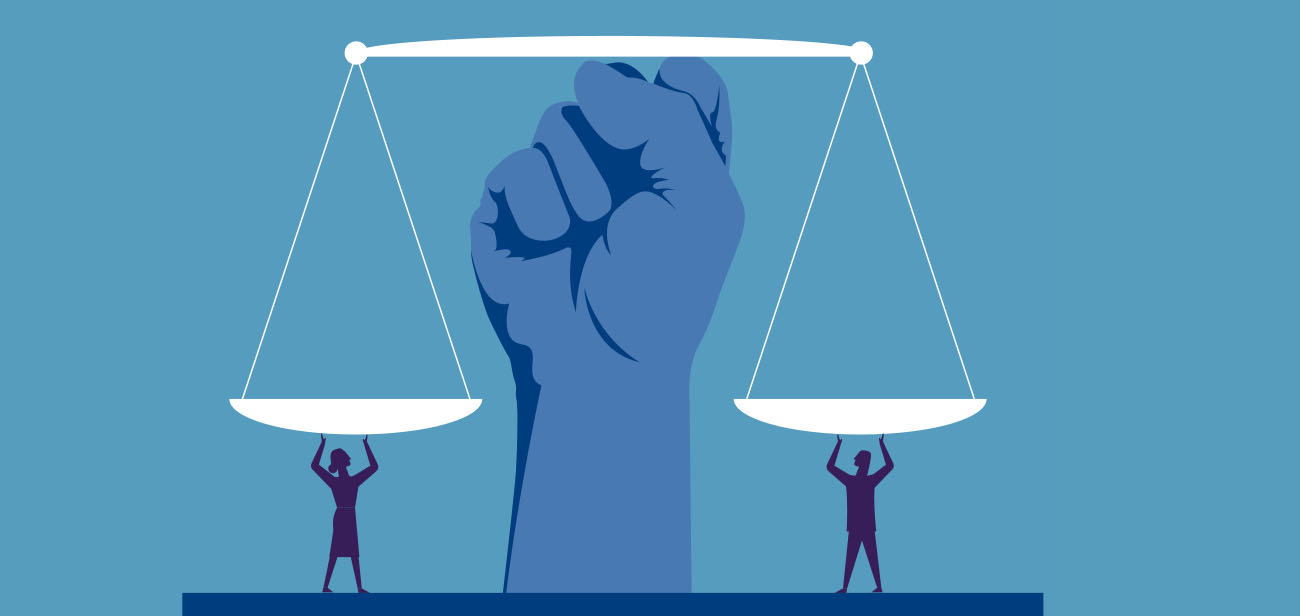
Once every month, retired Justice Felice K. Shea walks into a packed room of 20 lawyers and 100-plus people who are looking for legal advice. It’s all part of Monday Night Law, a community-service program providing free counsel to people who can’t afford it and sponsored by the New York City Bar Association.
The COVID-19 pandemic halted the program, but Justice Shea, a member of the board of trustees for Montefiore Health System for the past two decades, plans to continue giving free consultations once it resumes. “There’s a huge shortage of lawyers for people who can’t afford to pay,” she says. Maybe these people have been discriminated against at work. Maybe they’ve been forced out of their housing. Or maybe they are getting the runaround on a federal benefit check. “We explain how the system works and connect them to community resources,” she says.
Justice Shea served on the New York State Supreme Court for more than 20 years. Running through her professional and personal life is her belief that people at every level of society deserve equal rights, opportunity, and treatment.“To me, a law degree was a springboard for making a difference in this world,” Justice Shea says. “Law seemed like a good vehicle for helping people who were most in need.”
Part of that social-justice mission involves providing good healthcare, which is central to a community’s well-being, she says. “Healthcare is a human right,” she says. “And good healthcare, respectfully given and patient-centered, is what Montefiore is all about. To me, that is social justice.”
To that end, she has carried on her family’s tradition of serving Montefiore. “My parents were both active Montefiore trustees,” she says. “My mother was also a member of the women’s auxiliary and worked in the library—I remember her wheeling around carts of books to patients.”
In 1947, married and with a young child, Justice Shea made a bold and rare move for that time—she enrolled in Columbia Law School as one of 10 women in a class with 235 men. She graduated three years later into a field with few opportunities for women. “Women weren’t even interviewed for jobs at law firms,” she says. “So I always knew I was going into public service.”
After having two more children and working part-time for a few years, she became an attorney for the Harlem branch of the Legal Aid Society, spending most of her days in court. “The work of representing indigent clients was very satisfying,” she says. “And I got an enormous amount of litigation experience, which was a good background for being on the bench.” Justice Shea served on the Civil and Family Courts before she was elected to the New York State Supreme Court and served until retiring at the end of 1999.
“It fits into my idea of doing good, of helping to improve people’s quality of life.”
— Justice Felice K. Shea
In retirement, Justice Shea continues working to improve the courts. She has represented children in Family Court. She has served as a referee for the New York State Commission on Judicial Conduct (where she was formerly a commissioner), which hears complaints of ethical misconduct by judges. She also has served on the Mayor’s Advisory Committee on the Judiciary, the Dean’s Council of Columbia Law School, and the board of the Correctional Association of New York, in addition to her work on the Montefiore board of trustees.
She supports Montefiore through unrestricted giving because she values its contributions to the Bronx, home to some of the poorest and most-vulnerable populations in the nation. “It fits into my idea of doing good, of helping to improve people’s quality of life,” she says. “This institution provides community outreach in addition to first-rate healthcare and is truly a force for good.”
Her generosity and the contributions of others help fund Einstein and Montefiore initiatives to advance social justice. “We can’t do the work without the support of people like Justice Shea,” says Alan Shapiro, M.D., clinical assistant professor of pediatrics at Einstein and senior medical director of community pediatrics programs at Children’s Hospital at Montefiore.
Dr. Shapiro is also the medical director of the immigrant assistance group Terra Firma, a collaboration between Montefiore, Children’s Health Fund, and Catholic Charities (learn more about Terra Firma, below). “I’ve witnessed firsthand how Terra Firma can lift people up and improve the well-being of an entire community,” he says.
Justice Shea’s advice to younger people who want to make a difference is to start small—to look for ways to help in their own communities. “That’s always where the path toward progress begins,” she says.
Einstein and Montefiore were founded on the notion that social justice and health are inextricably linked. Here are three local programs made possible by unrestricted support to Einstein and Montefiore from individuals, corporations, and foundations.